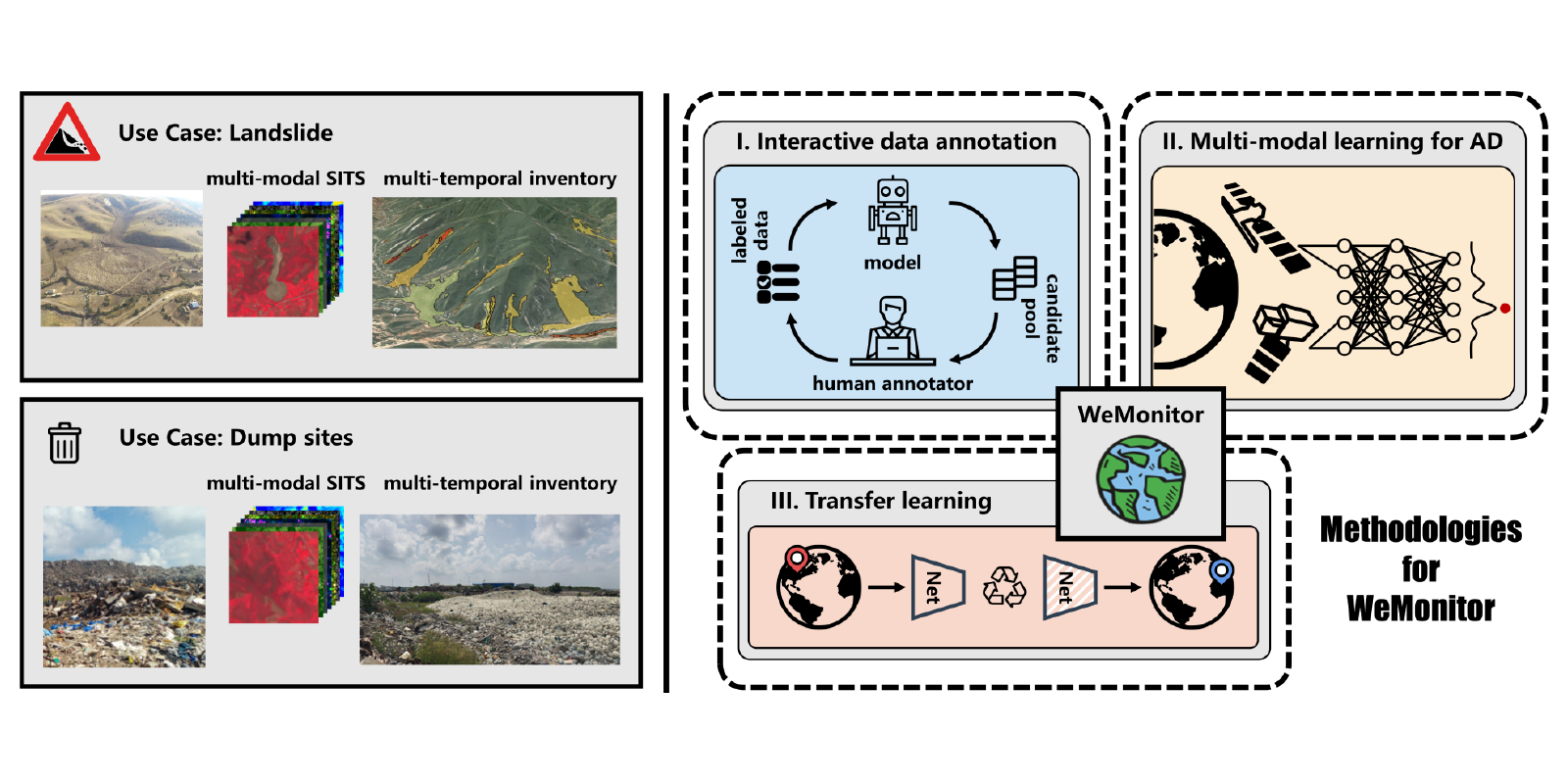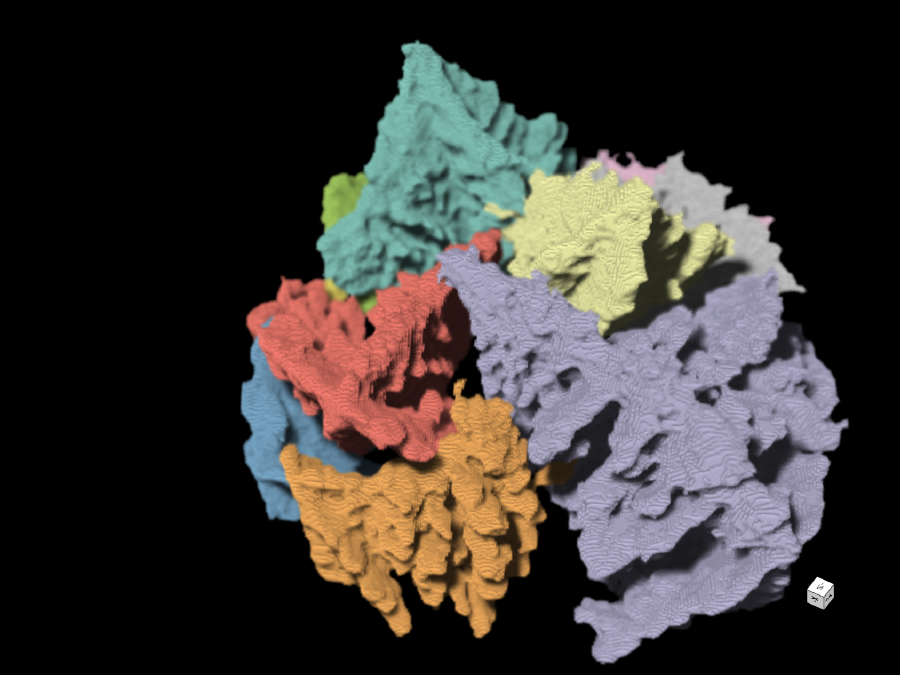WeMonitor
Satellite-based Earth observation to detect natural hazards

To understand this project, it helps to look up into the sky and use your own imagination: Somewhere up there at an altitude of 700 to 1320 kilometers, satellites of the European Commission and the European Space Agency (ESA) are orbiting the earth. On board: numerous sensors that continuously measure the Earth’s surface.
“We are living in a golden era of Earth observation,” says Prof. Xiaoxiang Zhu. That’s because since the European Commission and ESA have made this data available freely and without charge as part of their “Copernicus” program, science has had access to a gigantic archive of data. The challenge is to be able to read and use these heterogeneous data sets – for example, to detect natural hazards at an early stage.
This is precisely what Prof. Xiaoxiang Zhu, who is a Professor for Data Science in Earth Observation at the Technical University of Munich and her project team, which includes researchers from the German Aerospace Center (DLR) and German Research Center for Geosciences (GFZ), have set themselves the goal of doing: tracking certain spatio-temporal anomalies on the Earth’s surface. Specifically, they are developing a model that uses satellite data and artificial intelligence to automatically monitor natural hazards and processes of change caused, for example, by landslides, deforestation, large fires, dam failures or the emergence of waste dump sites.
For this purpose, the project team is training its algorithm with small-annotated data sets – concrete examples of for instance landslides – to recognize those anomalies on the earth’s surface independently in the data pool. However, since such phenomena are very complex, the model must be able to cope with a wide range of different types of data offering complementary information. Another challenge is that landslides in Europe often look completely different from those in Asia, for example. “The model therefore needs to be able to transfer learned knowledge across geographic regions,” says Prof. Xiaoxiang Zhu.
But once it can do that, it could support and improve many fields – not just research, but also government agencies or urban planners, or risk assessment in general. It’s a model that could contribute to better environmental management. And it does so with a view from the very top.
Other projects
Avanti
X-ray tomoscopy of dynamic manufacturing processes
How can the manufacturing processes of materials be mapped at the smallest level? How do you train an artificial intelligence to analyze these processes automatically? That's the focus of the Avanti project, which aims to improve X-ray tomoscopy – the imaging and quantification of three-dimensional images of very fast-moving processes.SATOMI
Tackling the segmentation and tracking challenges of growing colonies and microbialdiversity
An artificial intelligence will observe the growth of bacteria: from microscope images of bacterial cultures taken at regular intervals, it will precisely track the development and division of individual cells – even when multiple bacterial species are cultivated together.Hyper 3D-AI
Artificial Intelligence for 3D multimodal point cloud classification
The aim is to develop an artificial intelligence that can achieve the fusion of two-dimensional data with three-dimensional information. Based on this, the software would simultaneously be able to recognise image characteristics as well as the spatial relationships between different objects.

